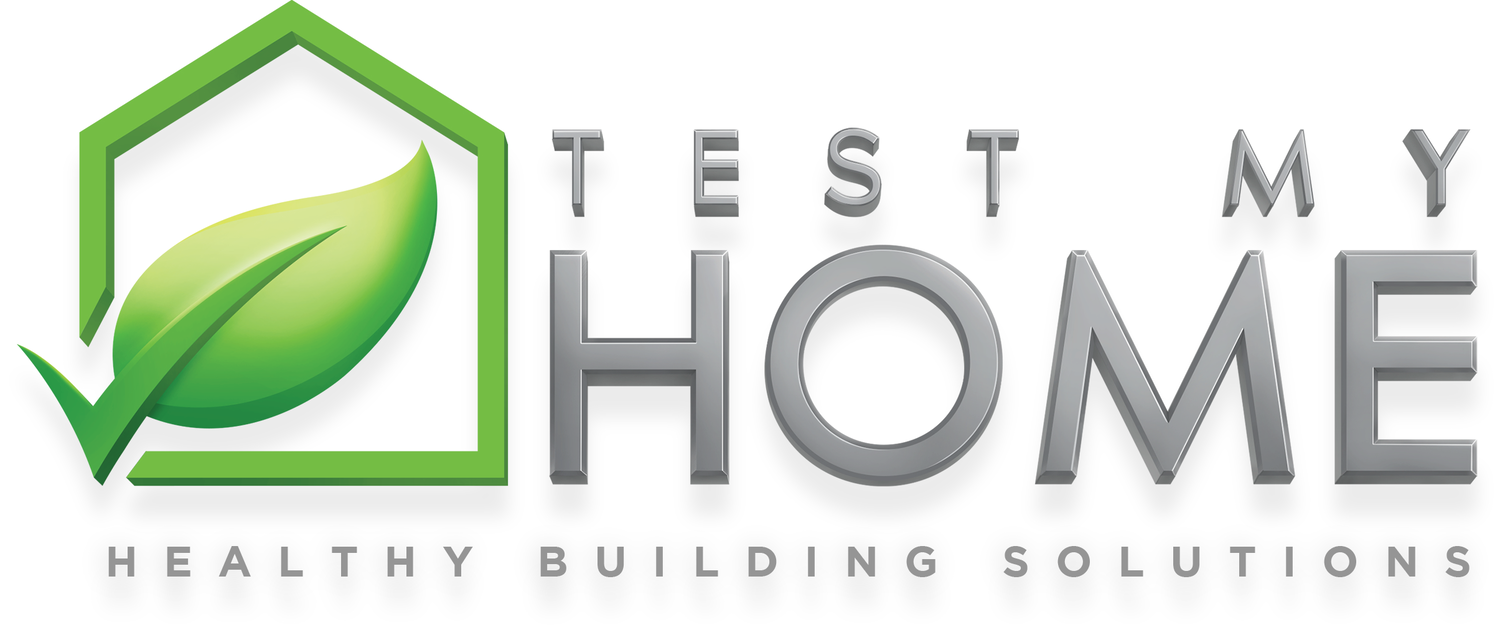25 PRINCIPLES OF BUILDING BIOLOGY AND ECOLOGY™
Site and Community Design
1. Verify that the site is free of naturally occurring health hazards.
2. Place dwellings so occupants are undisturbed by sources of man-made air, soil, water, noise and electro-pollution.
3. Place dwellings in well-planned communities that provide ample access to fresh air, sunshine and nature.
4. Plan homes and developments considering the needs of community, families and individuals of all ages.
Occupant Health and Well-Being
5. Use natural and unadulterated building materials.
6. Allow natural self-regulation of indoor air humidity using hygroscopic (humidity buffering) building materials.
7. Assure low total moisture content and rapid desiccation of wet construction processes in new buildings.
8. Design for a climatically appropriate balance between thermal insulation and thermal storage capacity.
9. Plan for climatically appropriate surface and air temperature.
10. Provide for ample ventilation.
11. Use appropriate thermal radiation strategies for heating buildings including passive solar wherever viable.
12. Provide an abundance of well-balanced natural light and illumination while using color in accordance with nature.
13. Provide adequate acoustical protection from harmful noise and vibration.
14. Utilize non-toxic building materials that have neutral or pleasant natural scents.
15. Use appropriate water and moisture exclusion techniques to prevent interior growth of fungi, bacteria, dust and allergens.
16. Assure best possible potable water quality by applying purification technologies if required.
17. Utilize physiological and ergonomic knowledge in interior and furniture design.
18. Consider proportion, harmonic measure, order and shape in design.
Natural and Man-Made Electromagnetic Radiation Safety
19. Minimize indoor interference with vital cosmic and terrestrial radiation and preserve the natural beneficial DC electric field (air ionization) and the DC magnetic field.
20. Minimize man-made power system and radio frequency radiation exposure generated from within the building and from outside sources.
21. Avoid use of building materials that have elevated radioactivity levels.
Environmental Protection, Social Responsibility and Energy Efficiency
22. Construction materials production and building processes shall provide for health and social well-being in every phase of the building’s life-cycle.
23. Avoid the use of building materials that deplete irreplaceable natural resources or are being harvested in an unsustainable manner.
24. Minimize energy consumption throughout the life of the building utilizing climate-based and energy efficient design, energy and water saving technologies and renewable energy.
25. Consider the embodied energy and environmental life cycle costs when choosing all materials used in construction.
by: Paula Baker-Laporte, Christopher Bell, Lawrence Gust, Spark Burmaster v1.4, January 2014 for: International Institute for Building Biology® & Ecology Site and Community Design
